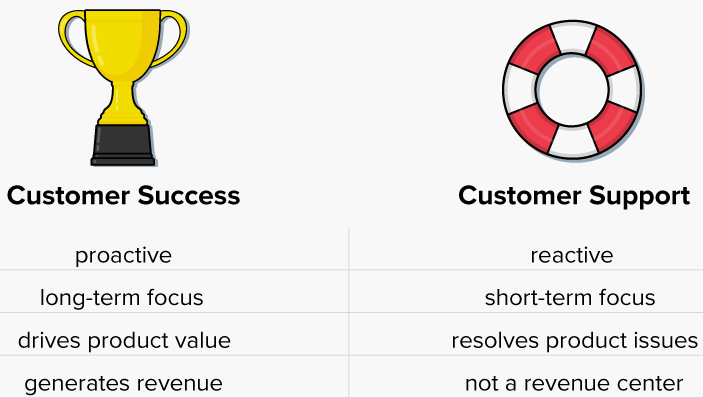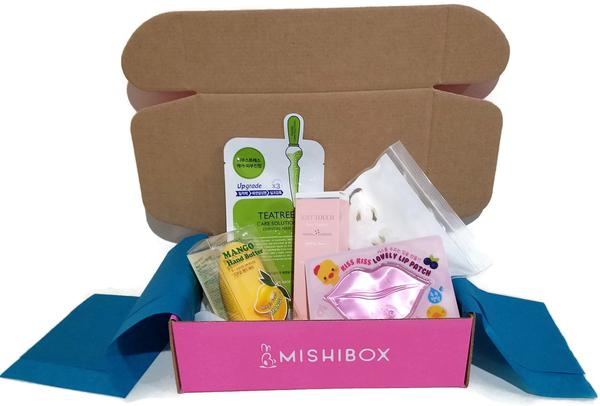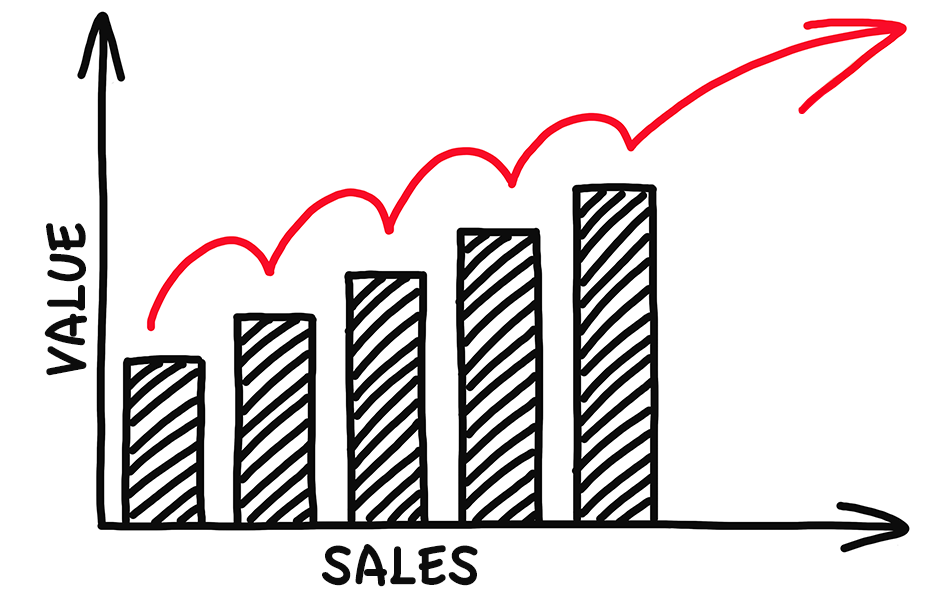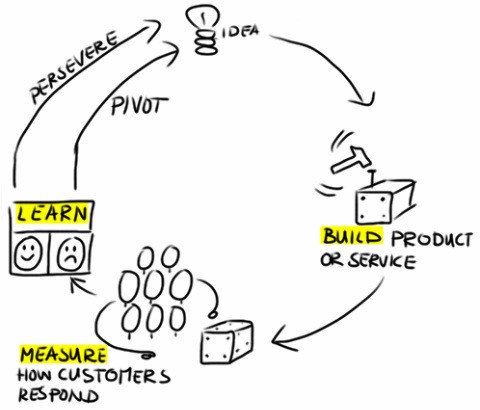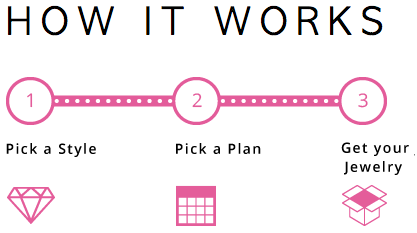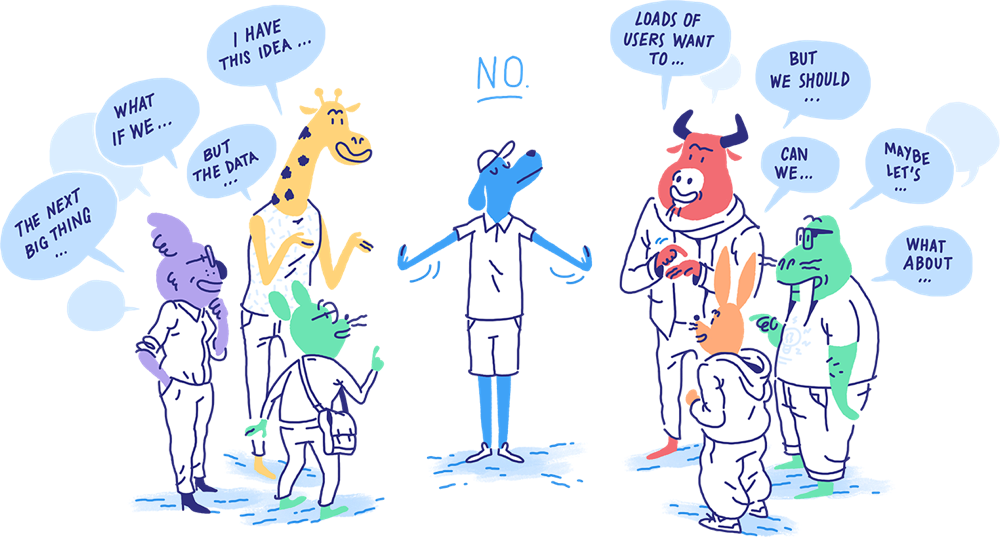7 Mistakes To Avoid When Starting A Subscription Business

Over the last decade, the number of successful subscription-based businesses have been multiplying year-over-year. “Successful” can hold various meanings from billion dollar unicorns to profitable small businesses that provide a good living and quality of life for entrepreneurs. Either way, the subscription economy is here to stay and has a bright and prosperous future. If you’re ready to create your own recurring revenue business, you’re in luck:
“Thanks to the proliferation of cheap, reliable, virtual technology, anyone with some spare cash and an idea can start a company, which means that lean start-ups have a chance to step into well established marketplaces and lure dissatisfied customers with more agile delivery models,” according to The Economist Intelligence Unit.
While there is a lot of opportunity for subscription-based businesses, there are also common mistakes made by founders. Don’t worry, we’ve got your back.
We’re putting our years of recurring revenue expertise to work for you and in today’s blog you’ll learn the top 7 mistakes to avoid when starting a subscription business.
Mistake #1: Not doing your research
With the subscription economy booming, many people are excited to dive right in. Don’t. It is important that you do your research first.

Problem/Solution fit. Is there a need that your product or service provides a solution for? To identify a problem and verify your subscription business will be providing an effective solution you can:
- Talk to potential customers
- Look at the questions people are asking in relevant online forums/communities
- Research search term volumes and trends on search engines for terms related to the problem
Competitive analysis. Are there already competitors in your market? “Though you might believe there’s currently no competition for your new product, put yourself in the shoes of your customers and consider what they could buy instead of what you’re planning to offer,” explains economist Alex Pejak.
The first step is to identify those competitors and the second step is to research the competition. Look at their branding, offering, features, etc.
Be unique. You’re looking to enter a market that likely already has some competitors. How will your subscription-based business differ from your competition? Will your subscription offering provide anything unique? Put simply, why would potential customers buy from you instead of your competition? Note: It shouldn’t be solely based on price (which we will cover in just a moment).
Know your customer. Once you’ve identified a problem/solution fit, your competitors, and how your recurring revenue business will differ from competitors, you should have a good idea of who your target customer is. It doesn’t need to be ingrained in stone, but you should have a solid understanding of your target market. If your product will be geared towards a very niche audience, you should do additional research to ensure there is enough of a market to support the product.
Groove CEO Alex Turnbull says if he had to go back and start all over, one of the highest-ROI tasks he would do from day one would be to “learn everything we possibly can about our customers, including their pains, challenges and goals, and the exact way that they talk about those things.”
Once you’ve done the research outlined in the points above, you should be able to easily fill-in-the-blanks (below) for your own subscription business idea:
Don’t start building your product before you have the answers to fill in the sentence above!
Mistake #2: Not providing good support & customer success from day 1
Sometimes when founders start a recurring billing business they focus more on the product and how to acquire new users rather than how they’ll be able to help existing subscribers succeed. We’ve mentioned in previous blogs that it costs significantly more to acquire new customers than it does to retain your existing subscribers—anywhere from 5–7 times more depending on the study results you’re looking at.
Strong customer relationships are key to retaining customers, and you should be striving to provide your subscribers with a good customer experience from day one. Some of the many benefits of customer success include:
- Reduced churn
- Increased customer lifetime value
- Customers become champions for your product or service (and refer others)
Both customer success and support teams help retain customers, but there are distinct differences between the two roles. This isn’t to say one role is more important than the other.
Customer support is a reactive role: they’re usually responding to technical, product, or billing questions or issues from customers. Customer success is a proactive role: they monitor customer accounts and proactively reach out to help ensure subscribers are getting the most value from the product or service.
The graphic above highlights some additional differences and for a deeper dive into the topic you can check out our post: Where To Draw The Line: Inbound Sales vs. Customer Success vs. Customer Support.
Mistake #3: Waiting too long before charging for your product/service

Efti was speaking to startups, but any subscription business can benefit from charging prior to product availability. According to journalist Terry Stanley, “front-of-the-line, early access subscription services” may be “one of the most fertile niches” in the subscription economy.
MISHIBOX, a Korean beauty products subscription box, had hundreds of pre-orders before they had even launched. And let’s not forget Kickstarter, whose success is based on consumers paying money for products they don’t have a guarantee they’ll see a final product on.
We know, it can seem a bit counter-intuitive to charge for a product before it actually exists. However, charging early on and accepting pre-orders can help differentiate the tire kickers from qualified prospects. It also means you can get more qualified feedback and have positive cashflow earlier.
You can find a template for your pre-order sales pitch in the blog post How (and why) to charge money for products that don’t exist yet.
Mistake #4: Not charging enough for your subscription product or service
Earlier we asked how your subscription business will be unique and different from competitors. If your answer was price, you’re already making a mistake.
Price should not be your major competitive advantage. If a new competitor comes in at a lower price, you can’t keep lowering your price until you’re out of business (well, technically you can, but after reading this blog you’ll know not to do that).
Many founders underestimate the value of their product. If you’ve done your homework and identified there is a need your subscription business is providing a solution for, take that into account when determining pricing. The value of your product should match your price. Here’s a formula to get you started:
(Perceived value) x 3 = Starting price
Don’t be afraid to use the development stage to test your pricing. “If you think your product is worth $250, sell it for $500, just to see what happens. You might be surprised,” advises Efti.
Mistake #5: Focusing on getting everything “perfect”
Ah, analysis paralysis: over-thinking something so much you aren’t able to make a decision or take action on it. Don’t be so focused on getting the pricing, features of your product, website, etc. so “perfect” that you delay the launch.
Pricing. You’re not going to nail pricing the first time around. Instead, start simple with 2-3 pricing tiers and then experiment and change over time (as you get more user data and your company scales). In addition to experimenting with different price plans, you may want to test free trials or including a freemium plan.
Even existing, successful subscription-based businesses should continue to test pricing as the company grows and markets change.
Product. You probably won’t nail your product or service the first time around. And that’s ok. Ideally, you’ve simply created a Minimum Viable Product (MVP). The MVP concept was conceived and defined by Eric Ries as “that version of a new product which allows a team to collect the maximum amount of validated learning about customers with the least effort.”
The feedback loop (above) is essential. The core elements of the feedback loop are “Build, Measure, Learn.” It allows your company to constantly measure for success and make small changes based on metrics and learnings. The process has to start somewhere and will never end…
Keep. It. Simple. Whether it is your product, pricing, business description, or the signup process, be sure to keep things simple for your customers. Especially when you’re first starting your business. Many subscription companies use a “how it works” webpage to explain their subscription model. Jewelbits does this and keeps the explanation very simple:
Mistake #6: Not saying no
We get it, you have a new subscription business and subscribers interested enough that they’re making feature requests — it’s exciting! But you have to know when to say “no” and you need to be able to say it. More features means resources going towards creating and maintaining each added feature. And don’t forget that feature-laden products aren’t necessarily user friendly.
Focus on quality over quantity; as you grow you’ll be able to add well thought out features that are easy to use and enhance the overall customer experience.
Here are some things to consider when deciding whether to say “yes” or “no” to a new feature:
- Does the request align with the overarching product goals?
- What time/resources would be involved to create and maintain the feature?
- Review the data related to features users currently utilize and those they don’t.
- Listen to customer feedback (but be clear to determine between customers’ needs and wants).
- How user friendly with the new feature really be?
- How would it impact the existing workflow?
- How would the new feature impact existing users?
- Compare short-term value to long-term outcome
For more information check out our post on Feature Creep: What Causes It & How To Avoid It.
Mistake #7: Trying to build your own recurring billing system (the “buy vs. build” debate)
When getting started, you’re typically limited by time and resources, especially development resources. The nominal fee you’ll pay for a best-of-breed tool like Chargify (shameless plug) is peanuts compared to what you’ll spend over weeks or months building and maintaining your own system with similar functionality. Not to mention the benefit of being able to instantly launch and monetize your products.
No, we’re not saying this because it’s what we do and provide at Chargify. This point is the exact reason why we built Chargify, and it’s a recurring theme we constantly hear from our customers.
Zoey founder Uri Foox describes building your own recurring billing system as an “iceberg issue.” Initially you only see a few basic billing issues, but once you’ve started building and using your own recurring billing system you realize all the complexities involved.
When you’re starting (and growing) a company, you’ll need to dedicate all resources toward research, working on your product/service, and serving your customers. Anthony Eden, Founder of DNSimple, stated that “with our subscriptions and recurring billing running through Chargify, we are able to focus on our product and growing our business.”
Managing subscribers and recurring billing is not a core competency of your startup, so product aside, don’t waste resources on building your own system. Focus on your business!
Wrap-up
The opportunities for subscription models continue to grow as businesses and consumers increasingly prefer subscription access to goods and services rather than outright ownership. Before you make a move to capitalize on the popularity of recurring revenue business models, make sure you avoid these common mistakes when starting a subscription business:
- Not doing your research
- Not providing support & customer success from day 1
- Waiting too long before charging for your product
- Not charging enough for your product
- Focusing on having everything “perfect”
- Not saying “no”
- Trying to build your own recurring billing system
Did we miss anything? Let us know in the comments below what mistakes you’ve learned while starting a subscription business.
Related reads:
- Starting A Subscription Box Business: 13 Experts Share Their Tips
- 11 SaaS Leaders Share The Worst SaaS Advice They’ve Ever Heard
- Startup Mythbusters: 12 Startup Myths & The Truth Behind Them
The post 7 Mistakes To Avoid When Starting A Subscription Business appeared first on Chargify Blog.
Powered by WPeMatico



